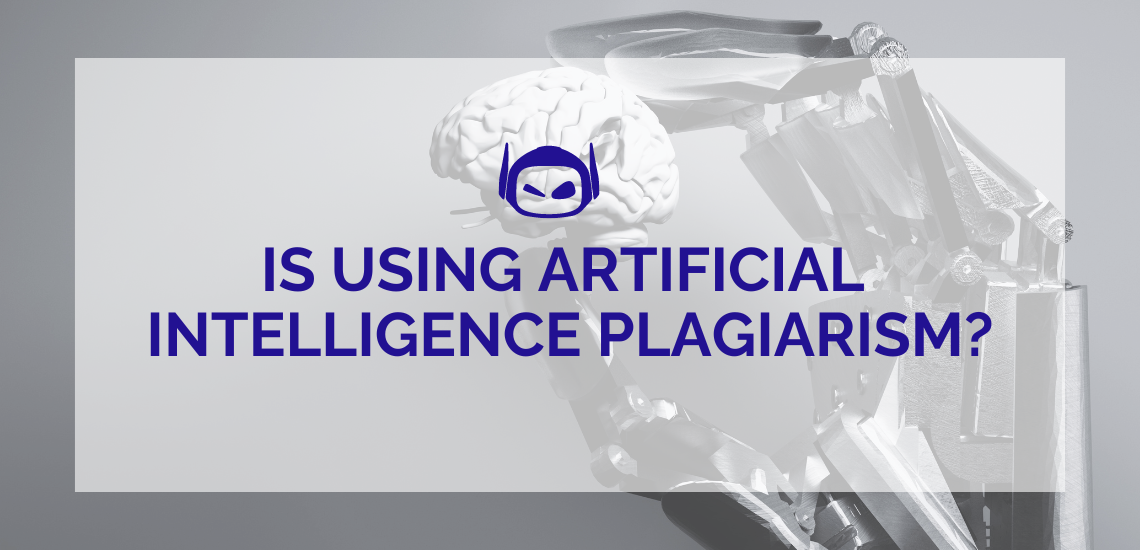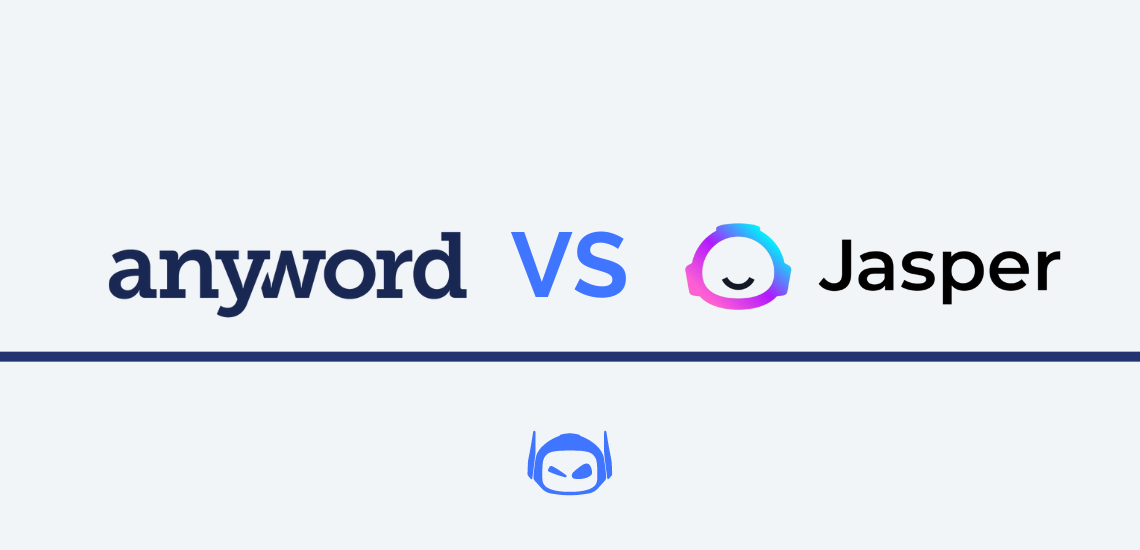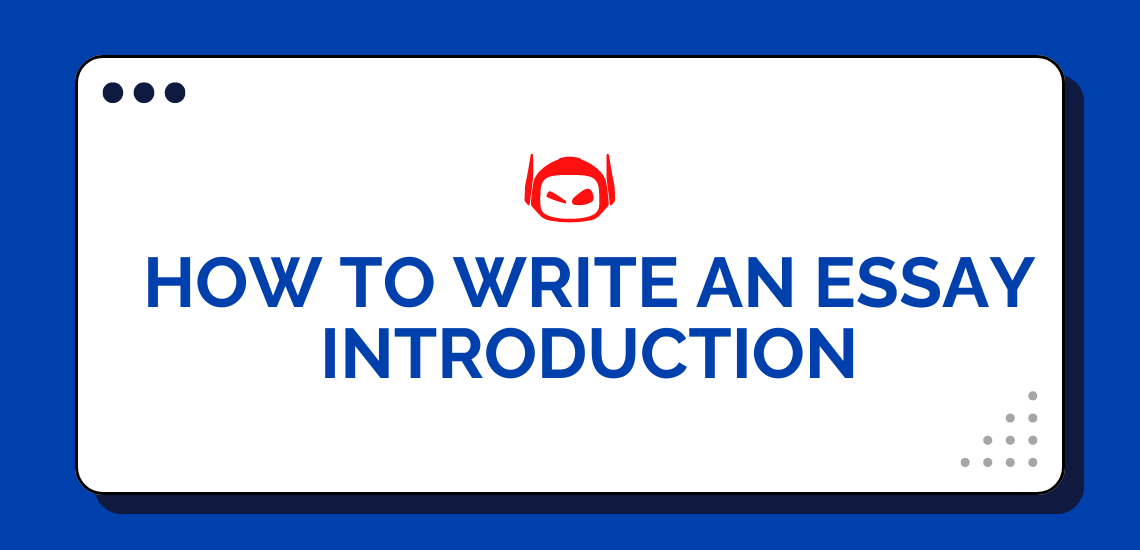
General Guide About Content and Writing
Artificial intelligence has revolutionized content creation. So many generative AI...

Content creation is easier than ever when using an AI...

General Guide About Content and Writing
Do you want to know how does something get flagged...

Are you thinking about using Chegg, but are unsure if...

General Guide About Content and Writing
Citation machines are gold dust for any academic or student...

General Guide About Content and Writing
We are now in the era of modernization, where Artificial...

When it comes to choosing the best AI writing tool...

General Guide About Content and Writing
Do you want to use AI content but are worried...

Well-crafted descriptions are essential for any online content. You’ll engage...

Step-by-Step Instructions for Writing, Student Guide for Writing
Do you want to learn how to write an essay...